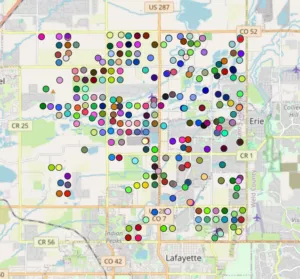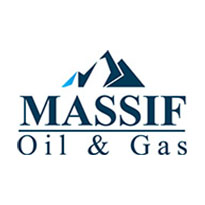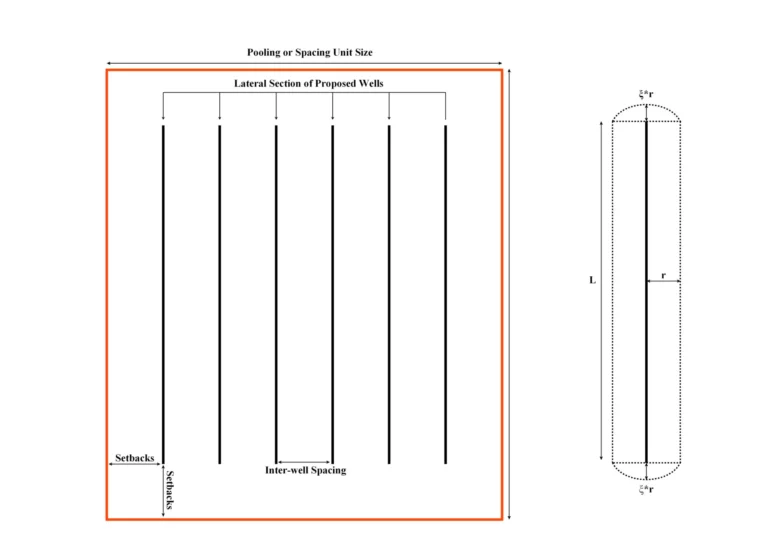Expert Testimony for Pooling and Spacing

At IPT Well Solutions, we provide expert testimony for pooling and spacing, ensuring that our clients receive authoritative, professional guidance on these critical oil and gas regulatory issues. With decades of experience in the energy sector, our team offers in-depth knowledge of the legal and technical aspects of pooling and spacing, making us the trusted partner for navigating the complexities of regulatory approvals and disputes
Our Expertise
Regulatory Approvals
Assisting with applications for pooling and spacing orders, ensuring compliance with local, state, and federal regulations.
Dispute Resolution
Providing expert analysis and testimony in legal disputes involving pooling and spacing issues.
Resource Maximization
Advising on optimal well placement and resource extraction strategies to maximize production and minimize surface disruption.
Custom Solutions
Tailoring our services to meet the specific needs of your project, from small drilling units to large, complex operations.
What is pooling and spacing?
Pooling combines small tracts or interests into a single unit for drilling a well, a critical step in oil and gas production that helps overcome the challenges posed by fragmented land ownership.
Often, landowners or leaseholders may possess smaller, non-contiguous parcels of land that are not sufficient to independently support drilling operations.
Pooling
Statutory pooling becomes particularly important when a landowner does not wish to participate in the development or sign a lease. In such cases, state authorities can impose pooling arrangements to ensure that no single party can block resource development, thereby promoting the efficient extraction of oil or gas from a reservoir. This process helps protect correlative rights, ensuring that all landowners or leaseholders within the pooled area receive a fair share of the resources and revenues. Pooling not only facilitates optimal resource extraction but also prevents over-drilling and unnecessary environmental disruption.
Spacing
Spacing, on the other hand, regulates the physical distance between wells and the boundaries of a drilling unit. This practice helps prevent over-drilling, which can compromise both the efficiency of resource extraction and the integrity of the reservoir. By establishing minimum distances between wells, spacing rules ensure that the reservoir is tapped in a way that maximizes recovery without diminishing pressure or creating unnecessary competition between adjacent wells. It also helps in avoiding the waste of resources, which could occur if too many wells operate in too close proximity. Spacing rules also protect the rights of all parties involved by ensuring a fair distribution of resources and by preventing one operator from draining resources that belong to others.
400+
Clients
30+
Years in Business
6000+
Projects
What are our clients saying?





